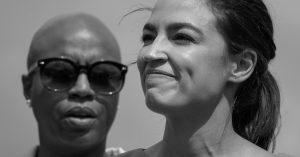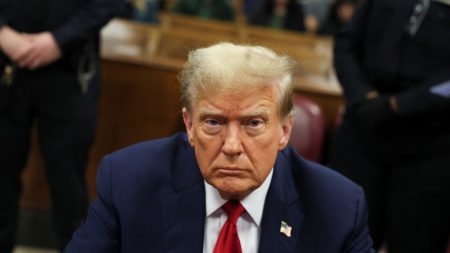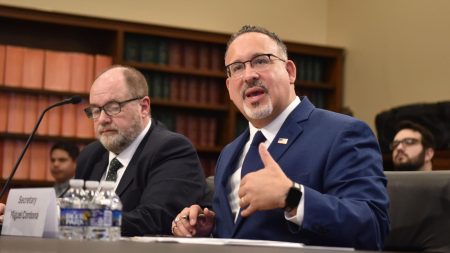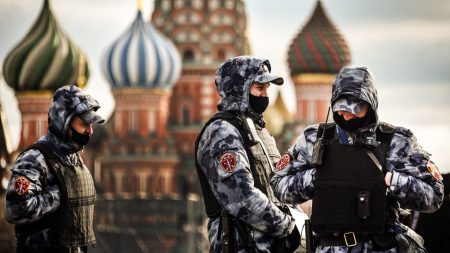Tommy Sikes, a certified financial planner, started sharing properties in Europe online as a fun side project when he and his wife began to consider the idea of retirement abroad. He discovered that many of his followers and subscribers were excited about owning property in Europe but were unsure how to go about it. Sikes now sends properties to over 25,000 followers and subscribers across various platforms, showcasing affordable homes in smaller towns and villages in Italy and France where his audience can pursue outdoor activities like hiking and kayaking.
Before purchasing a property abroad, Sikes recommends taking three important steps. Firstly, individuals should conduct a financial inventory to assess their assets, incomes, and retirement plans. They should also work with a tax professional to understand how their retirement income will be treated in their chosen country. Secondly, potential buyers should prepare for the home-buying process in their desired location. While there are no restrictions on Americans buying property in Italy or France, it is important to be prepared to pay in cash and navigate potential language barriers when dealing with local agents.
Sikes also advises taking a ‘test drive’ before committing to buying a property in Europe. Renting a property in the desired location for a few weeks to a month can give buyers a better understanding of the local amenities, transportation options, and community before making a long-term commitment. Sikes stresses the importance of loving the location as much as the property itself, as the surrounding area can impact the long-term success and satisfaction of living abroad. Hiring a local proxy can help buyers navigate the real estate process without having to fly back and forth for meetings.
While European property prices may be affordable compared to the US, Sikes cautions against buying on a whim without proper financial planning. Understanding the cost of living, tax implications, and potential challenges in the home-buying process are essential before making a purchase. By working with a financial planner specializing in international property investments and taking proactive steps to understand the local market, individuals can make informed decisions about retiring or owning a second home in Europe.
Overall, the process of purchasing property abroad requires careful consideration, financial planning, and immersion into the local culture and community. Sikes’ experience in sharing European properties with his followers has highlighted the need for Americans to take a thoughtful approach to buying real estate overseas. By following the advice of experts, conducting thorough research, and preparing for the challenges of relocating, individuals can make their dream of living abroad a reality.















